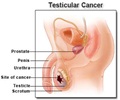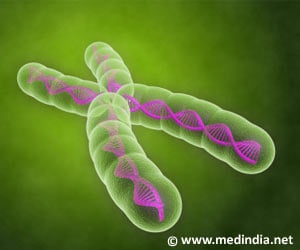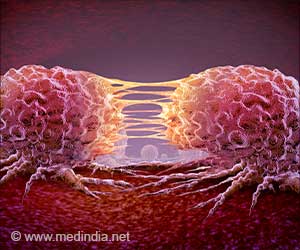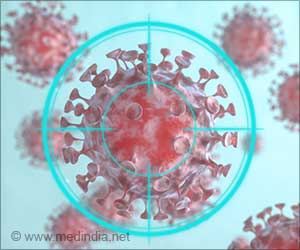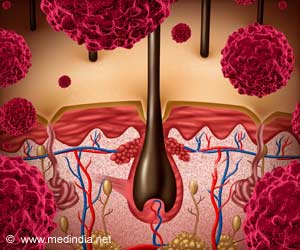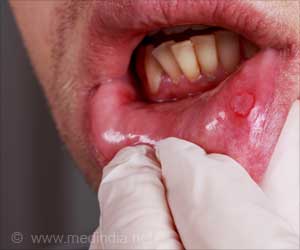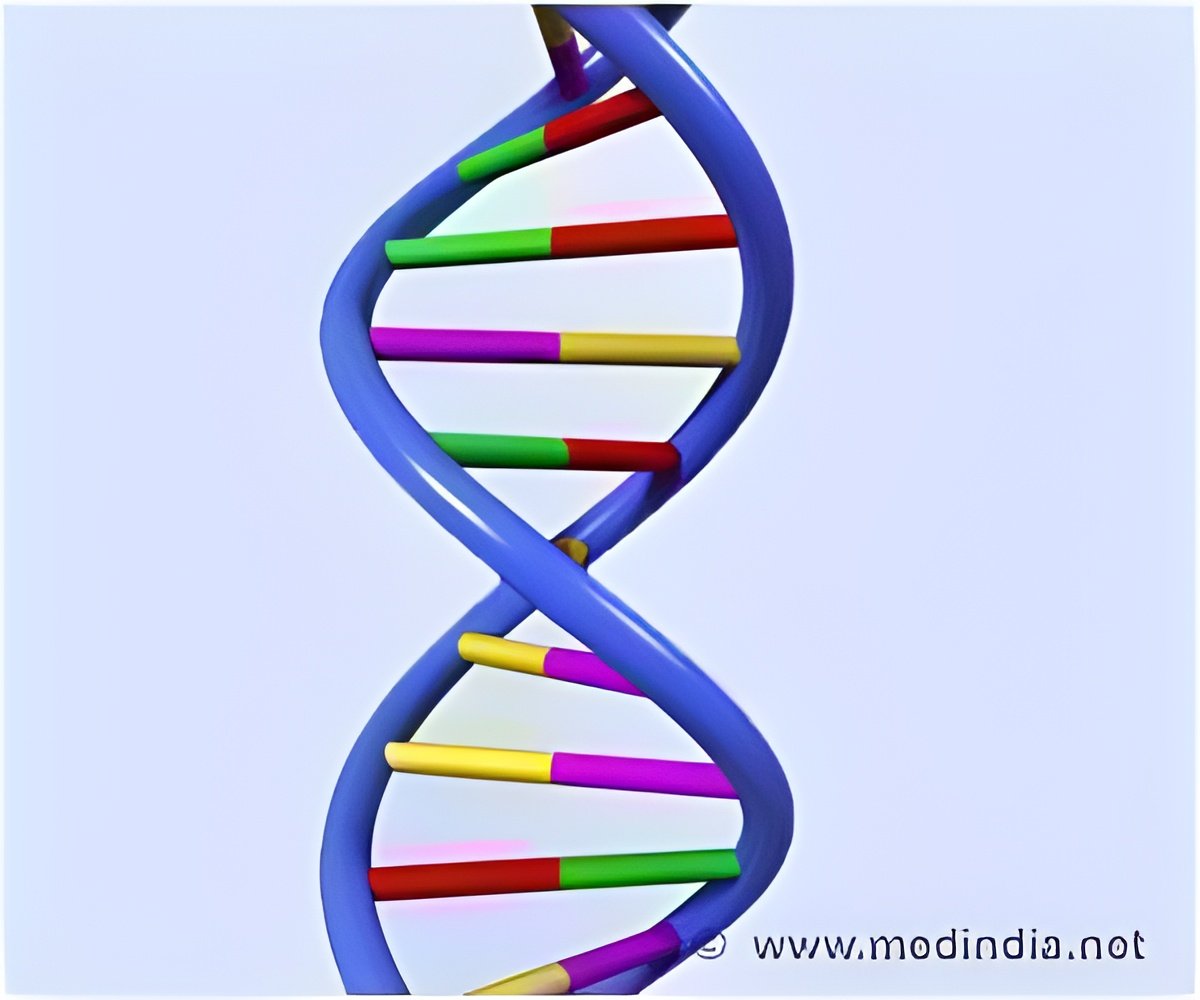
The team suspected that variations in a gene pathway controlled by the tumor suppressor gene p53 could have both positive and negative effects on human health.
Douglas Bell, Ph.D., author on the paper and researcher at the National Institute of Environmental Health Sciences (NIEHS), part of NIH, said that gene variations occur naturally, and may become common in a population if they convey a health benefit.
Bell asserted that it appears that this particular variant could help protect light-skinned individuals from UV skin damage, like burning or cancer, by promoting the tanning process, but it permits testicular stem cells to grow in the presence of DNA damage, when they are supposed to stop growing.
Bell explained that p53 stimulates skin tanning when ultraviolet light activates it in the skin. It then must bind a specific sequence of DNA located in a gene called the KIT ligand oncogene (KITLG), which stimulates melanocyte production, causing the skin to tan.
The research has been published online in the journal Cell.
Advertisement

